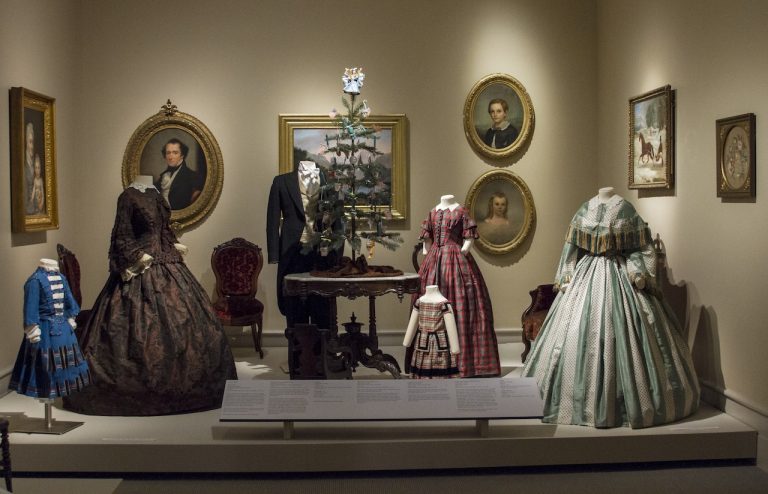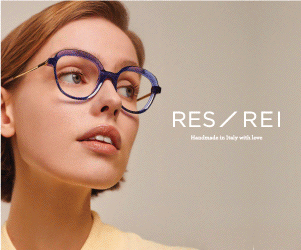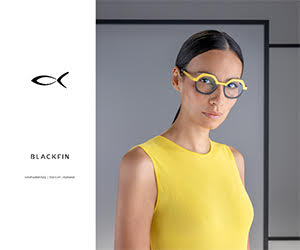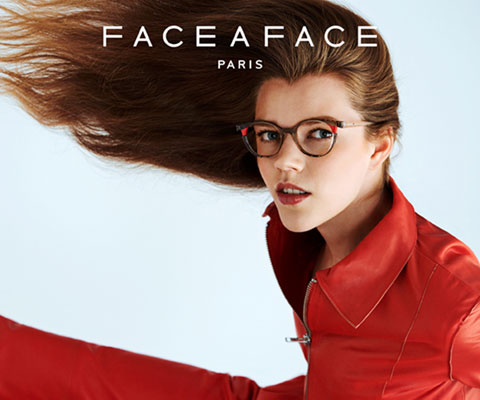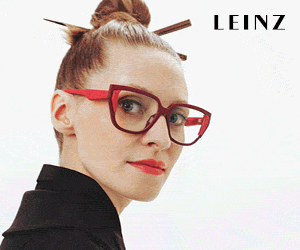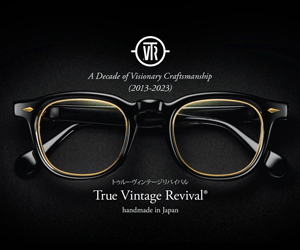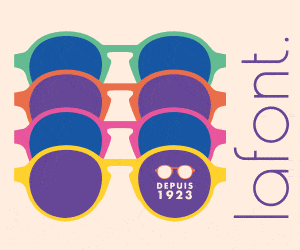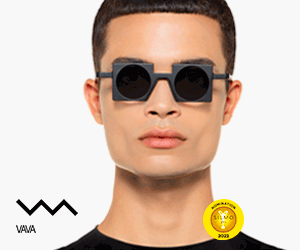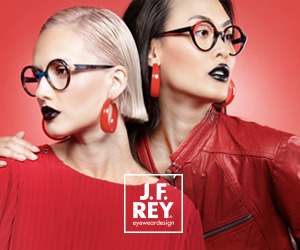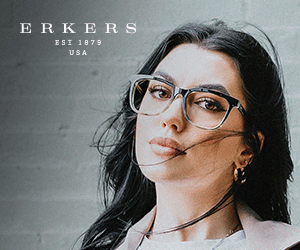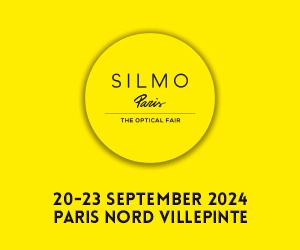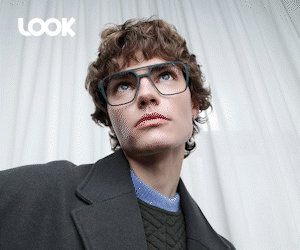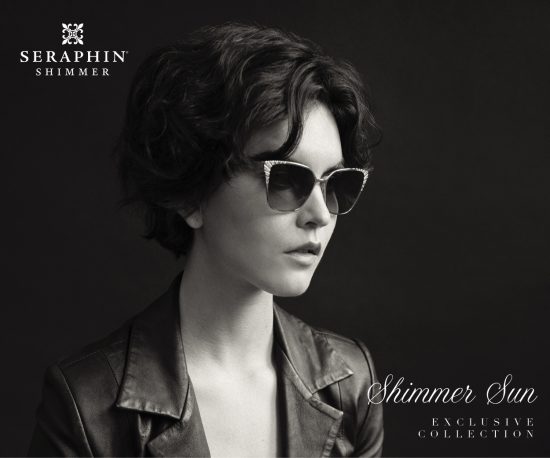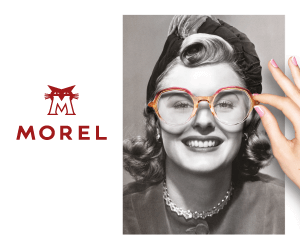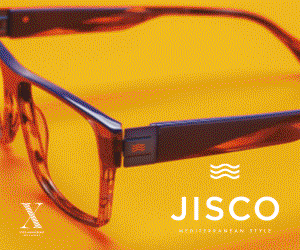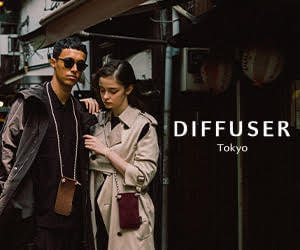Haute couture on an international scale was flourishing long before the era of globalisation. A fascinating exhibition Well-dressed in Victorian Albany: 19th Century Fashion from the Albany Institute Collection, illustrates how fashion design and changes in style evolved during the reign of the British monarch, Queen Victoria (1837-1901). (Top image:men, women and children’s fashions in a Victorian setting)
Creatively curated by Diana Shewchuk at the Institute, the galleries showcase an extraordinary selection of dresses and accessories of the era, that were purchased in Paris, and also made by skilled home seamstresses in the Upper Hudson Valley. Albany is the capital city of New York State, and Ms Shzwchuk explained: “Many of Albany’s well-to-do families went abroad either for a grand tour experience, or to have daughters presented to Queen Victoria. I think these dresses survive because they were considered masterpieces. The Institute has examples by Charles Frederick Worth; Emile Pingat; Callot Soeurs; Mme Amédée François; and others. The costumes on view tell stories of notable New Yorkers and illuminate their world of fashionable affluence.”
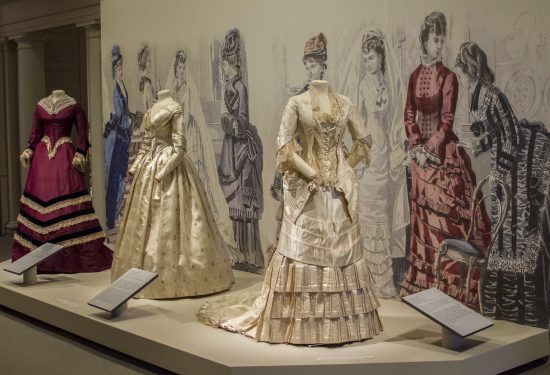
The presentations are displayed on custom carved mannequins. “Everything is surrounded by objects from the Institute”s rich collection of paintings, furniture, and decorative arts which create scenes of nineteenth century domestic life,” noted Shewchuk, “and the addition of art and objects that were made during the Victorian era creates an atmospheric context to the exhibition.”
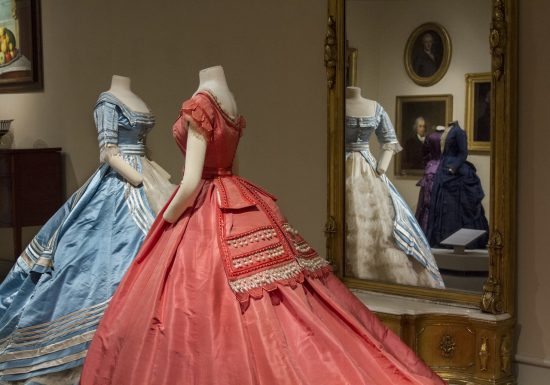
From wedding gowns (it was Queen Victoria who popularised the idea of white as the colour choice for a wedding gown – women used to wear claret or green dresses) to walking suits, ball gowns and tea dresses, the exhibition presents a selection of extraordinary designs. Garments for both daily life and special occasions reflect the amazing, sumptuous fabrics utilised and include taffetas, shimmering silk satins, plush velvets, lace and luxurious trimmings.

“Garments like the ones in this exhibition survived because of their sentimental associations, their aesthetic beauty, and sometimes by chance, because they were put away and forgotten,” said Shewchuk. For those who appreciate and love fahsion and social history, these elegant dresses reflect the wide-ranging impact of the Industrial Revolution on the principles, technology, and social history of the time. Continues through 20 May 2018. www.albanyinstitute.org JG
